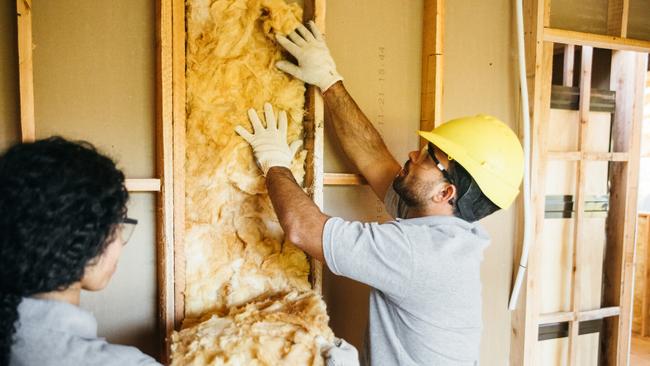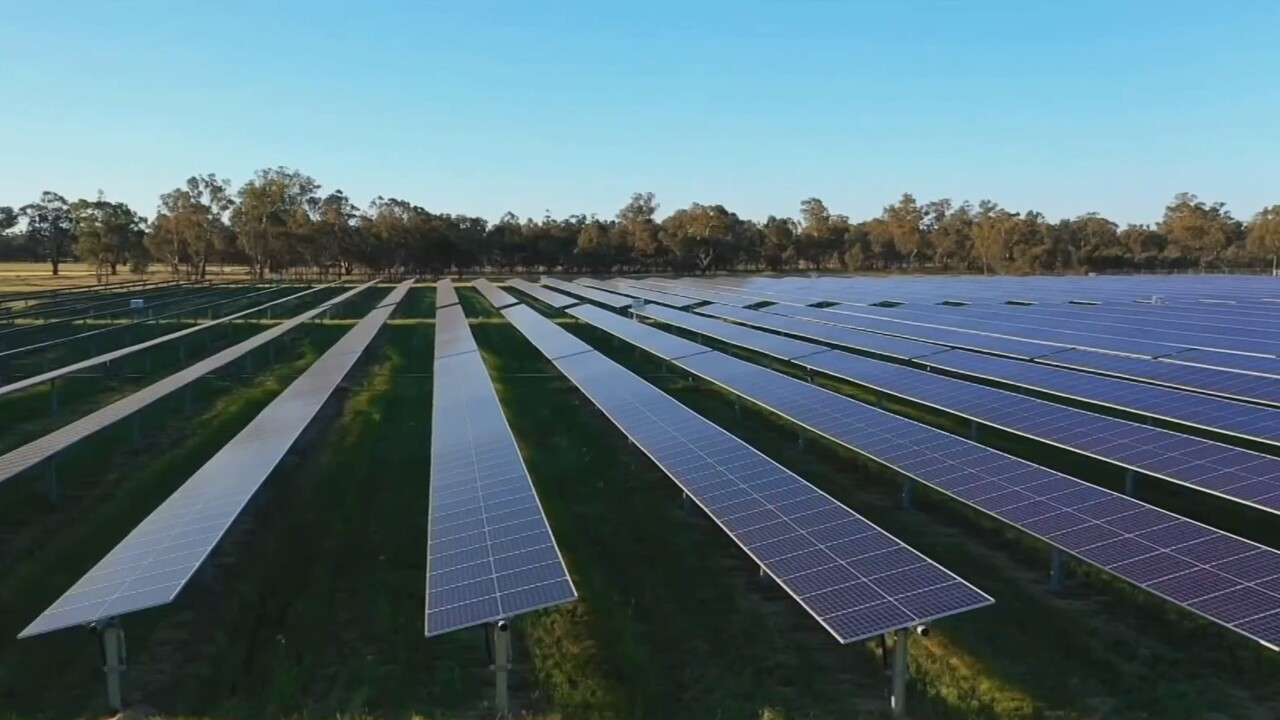$17bn GDP boost for more energy support for low-income households: report
Targeting energy efficiency upgrades in low income housing could give the economy a $17bn boost and help reduce “energy poverty” a new report finds.

Boosting thermal efficiency upgrades, electrification and rooftop solar for low-income housing across Australia could generate $17bn for the economy over the next seven years and help reduce “energy poverty”, a new report finds.
The Deloitte report says an accelerated home energy upgrade program for 1.2 million low-income households, kickstarted by federal funding of $2bn and scaling up over the next six years with contributions from states and philanthropic organisations, could reap an economic windfall and push the country closer to net zero emissions.
It finds the additional infrastructure construction, the creation of almost 13,000 jobs each year during the life of the rollout and annual energy bill savings of $3,350 for low-income households would deliver $17bn in gross domestic product.
Even a “quick fix” scenario, which would include insulation, window shades and more efficient electric hot water heaters and cooktops, at an average cost of $13,600 per household, could yield energy bill savings of $1,650 a year and provide a $10bn boost to the economy, the report says.
The report “Powering progress: Energy upgrades to low-income housing” was commissioned by the Australian Council of Social Service and its state councils, who are urging governments to fully fund all social housing energy upgrades by 2030-31 along with subsidies and zero-interest loans to do the same for private rental dwellings.

Its release comes ahead of a meeting on Friday between federal and state energy ministers, with ACOSS pressing for the additional $2bn initial commitment to be made in the upcoming Mid-Year Economic and Fiscal Outlook.
“Inefficient homes that cost thousands of dollars to heat and cool are leaving people in energy poverty, making them sick and standing in the way of the energy transition,” ACOSS chief executive officer Cassandra Goldie said.
“While tens of billions of dollars have been pumped into industrial clean energy, households are the missing piece of the puzzle.

“We can’t keep prioritising investment in profitable big industries ahead of people who are doing it tough and struggling to afford housing, energy, transport, medicine and put food on the table,” Ms Goldie said.
The Deloitte report notes households use 24 per cent of overall electricity and produce 10 per cent of carbon emissions, much of it through energy waste.
“The average energy efficiency rating of existing homes is only 1.7 stars compared with an average of 7 stars out of 10 required of new homes,” the report says.
“A greater share of low-income households occupy low energy efficiency housing, which contributes to energy hardship and poor health and wellbeing.”
The federal government has established a $1.3bn Household Energy Upgrades Fund, which is designed to help finance energy upgrades for more than 110,000 homes including $300m for 60,000 social housing properties.
But the report warns that getting to the government’s net zero by 2050 target will require a greater commitment to support the almost two million low-income households across public housing, community housing, First Nations community-controlled housing, private rentals and owner occupiers who lack the option to improve their home’s energy performance.
Ms Goldie said the $300m for energy upgrades to about 15 per cent of the nation’s social housing stock as part of the HEUF was “a welcome step in the right direction.”
“But the government cannot afford to stop here if it wants to put people who are struggling as its first priority, and build the social licence needed to accelerate the energy transition.
“Scaling up and accelerating home energy upgrades to cover 1.2 million low-income homes will combat energy hardship, reduce illness caused by extreme temperatures and alleviate strain on the healthcare system,” she said.
“Targeted funding will bring down the upfront cost of upgrading low-income housing, create jobs, lower emissions and strengthen the economy.”






